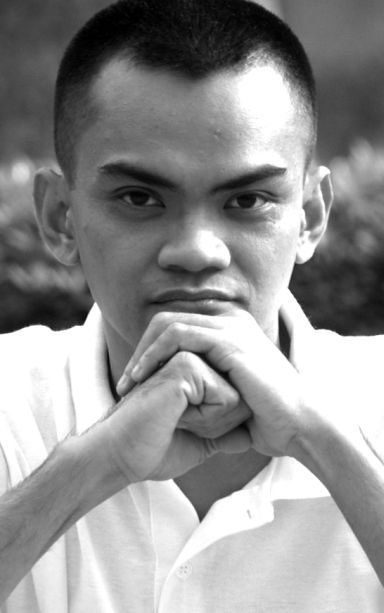
PAREDES
One of the oldest forms of art, and ironically now relegated to second class status, is printmaking. For thousands of years, artists have been reproducing images out of molded clay rollers, carved woodblocks, and — more recently — etched or engraved metal plates and silkscreen stencils. These methods of printmaking uniquely allow them to make copies or “multiples,” each of which remains an original work of art (later to be marked or numbered as part of a limited edition).
There is no evidence that precolonial inhabitants of the Philippines practiced some kind of printmaking, although we did have very elaborate and quite sophisticated art of tattoo, jewelry and metal craft. How the ancient Cebuanos adorned themselves in tattoo and intricate gold jewelry impressed Pigafetta, the Italian chronicler of the Magellan expedition when they came here.
Precolonial Filipinos also traded actively with the Chinese and other neighbors in the Southeast Asian region, so it was very likely that we were exposed to their art of ink paintings, batik, and woodblock printing.
But virtually no traces of them survived now, as the Spaniards would later try to destroy everything that had to do with our “pagan” culture, replacing it with their own Christian practices. To train local artists in the Western styles and techniques of painting needed to adorn the newly built churches in the late 16th and 17th century, the Spaniards used prints, such as woodcuts and engravings, which were cheaper to acquire or import to than oil paintings, to serve as models.
These prints dated back to the Medieval, Renaissance, and contemporary Baroque periods so the natives modeled their work on these varying period styles of Western religious art in their own versions of church paintings and carvings in the Philippines.
More advanced techniques of printmaking, such as etching and lithography were later introduced in the Philippines towards the end of the Spanish rule as Filipino artists were also now trained in the academic or classical tradition of painting and drawing.
Printmaking, however, was considered a minor art meant for the masses as artists produced as many copies as they could of their work for a growing market (it would not be until the late 19th century that they started the practice of limiting the copies of prints before destroying the plate to assure collectors of the work’s rarity).
The boom in print publications, which came in the wake of the advancements in printing technology in the 18th and 19th century, created a demand for illustration made out of wood or metal plates such as woodcut, engraving, and etching. This commercial viability increased the popularity of printmaking during the colonial times.
Prints started to appear as illustrations for books, newspapers, and early forms of advertisements towards the end of the Spanish colonial era. Local gravadors made highly detailed engravings and etchings of native flora and fauna mainly for Europeans who were interested in the exotica coming from the tropics.
Meanwhile, as Japan opened up to the West in the 19th century, the colorful and highly detailed Japanese woodblock prints known as ukiyo-e, were making waves (indeed, in tsunami proportion as symbolized by the fame of Hokusai’s famous woodcut, “The Great Wave”) in Europe, strongly influencing the impressionists and other modern artists. Now, it’s the European artists who were imitating the distorted yet highly expressive styles of Asian art. This reversal, an interaction in which the Oriental artist is now revered as the master, eventually led to the rise of modern art. It is a revolution ushered in by the humble print. (To be continued)
Disclaimer: The comments uploaded on this site do not necessarily represent or reflect the views of management and owner of Cebudailynews. We reserve the right to exclude comments that we deem to be inconsistent with our editorial standards.
